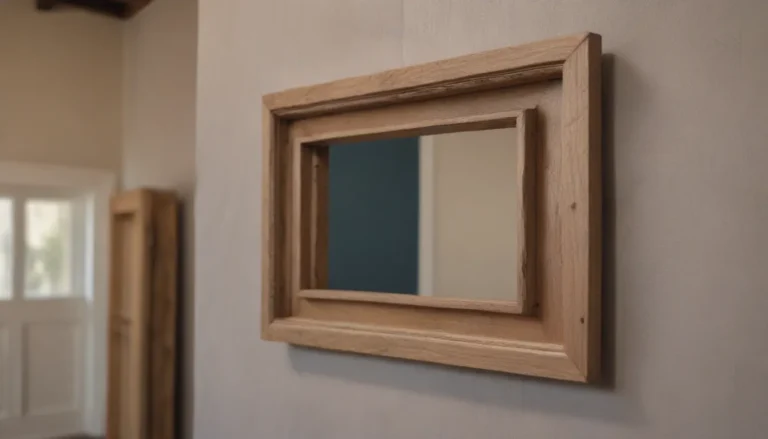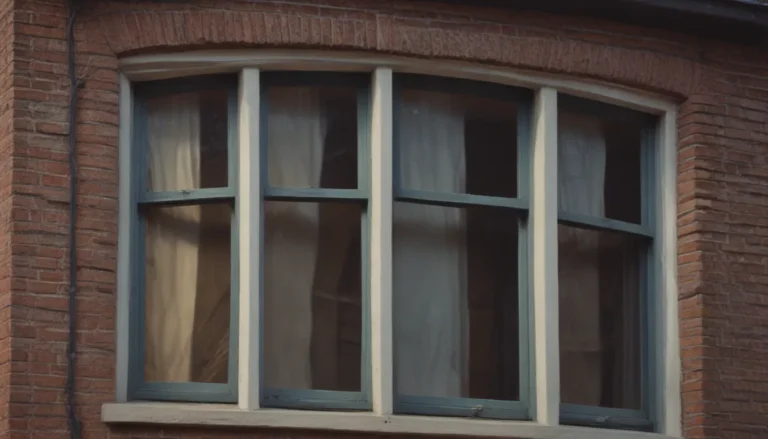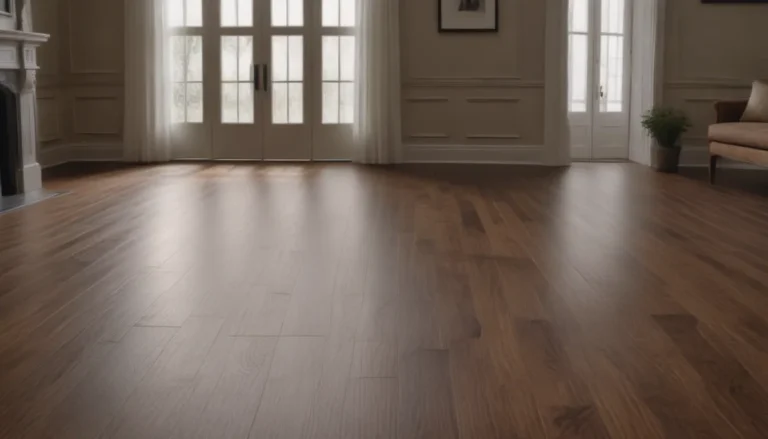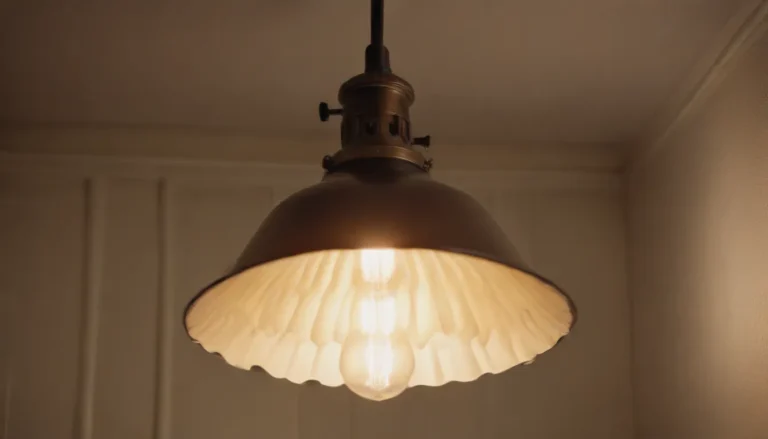The Ultimate Guide to Hot Water Recirculating Systems: How to Get Quicker Hot Water

Are you tired of waiting ages for hot water to reach your faucet? Do you cringe at the thought of wasting gallons of water while you wait? If so, a hot water recirculating system might be the perfect solution for you. In this comprehensive guide, we will explore everything you need to know about hot water recirculating systems, including the different types available, the benefits they offer, and whether they are worth the investment. Let’s dive in!
Understanding Hot Water Recirculating Systems
A hot water recirculating system is a smart and efficient way to ensure hot water is readily available at your fingertips. Instead of waiting for hot water to travel from the water heater to your faucet, a recirculating pump creates a loop that continuously circulates hot water through the pipes. This means you have instant access to hot water whenever you need it, without the wastage typically associated with traditional water heating systems.
Traditional Hot Water Recirculating Systems
In a traditional recirculating system, a dedicated return line runs from the furthest fixture back to the water heater. A recirculating pump near the water heater pulls the hot water back into the system, creating a loop that keeps hot water constantly flowing throughout your home. This system is ideal if you have a dedicated return line, and some pumps even come with built-in timers to help you save on energy costs.
Instant Hot Water Recirculating Systems
Instant hot water recirculating systems are a more versatile option that can be installed in any home, regardless of the plumbing setup. These systems come in various configurations, with the pump either located over the water heater or under the sink.
-
Over the Water Heater: This setup involves placing the pump above the water heater and a check valve under the sink furthest away from the heater. The pump pressurizes the hot side of the system, creating a loop that ensures hot water is quickly available at all fixtures. These systems are easy to install and require minimal maintenance.
-
Under the Sink: Alternatively, you can opt for a system that is installed beneath the sink furthest from the water heater. This setup also provides instant hot water to all fixtures and often comes with timers and built-in sensors for added convenience.
On-Demand Hot Water Recirculating Systems
On-demand recirculating systems operate similarly to instant systems but require user activation when hot water is needed. These systems can be set up with a dedicated return line or installed under a specific sink. When activated, the pump pushes cooled water back to the heater, creating a temporary loop until hot water is available. This efficient system minimizes water wastage and conserves energy, making it a popular choice for environmentally conscious homeowners.
The Benefits of Hot Water Recirculating Systems
While the upfront cost of installing a hot water recirculating system may seem daunting, the long-term savings and benefits far outweigh the initial investment. Here are some key advantages of using a recirculating system:
-
Saves Water: By providing instant hot water, recirculating systems eliminate the need to run the tap and wait for hot water to arrive. This significantly reduces water wastage and helps conserve this precious resource.
-
Saves Money: With reduced water usage and energy savings, hot water recirculating systems can lead to lower utility bills over time. Studies have shown that homeowners can save hundreds to thousands of dollars annually by installing a recirculating system.
-
Conserves Energy: By minimizing the time it takes for hot water to reach a faucet, recirculating systems help conserve energy that would otherwise be lost while waiting for water to heat up. This eco-friendly solution is especially beneficial in regions with water shortages and high water costs.
The Cost of Hot Water Recirculating Systems
The cost of a hot water recirculating system typically ranges from $200 to $400, depending on the materials used in its construction. Stainless steel systems are more budget-friendly, while bronze or cast iron systems may be pricier. While the initial investment may seem high, the long-term savings on water and energy bills make recirculating systems a worthwhile investment for many homeowners.
Is a Hot Water Recirculating System Right for You?
Hot water recirculating systems offer a convenient and cost-effective solution to the common problem of waiting for hot water. Whether you opt for a traditional, instant, or on-demand system, the benefits of instant hot water access, water savings, and energy conservation make these systems a smart choice for many households. Additionally, studies have shown that recirculating pumps can last for many years with proper maintenance, making them a reliable and long-term solution for your hot water needs.
In conclusion, hot water recirculating systems are a practical and efficient way to ensure you have quick access to hot water while minimizing water wastage and energy consumption. Whether you’re looking to save money on utility bills, conserve water in drought-prone areas, or simply enjoy the convenience of instant hot water, a recirculating system can be a valuable addition to your home. Make the switch today and experience the endless benefits of having hot water at your fingertips with a hot water recirculating system.





